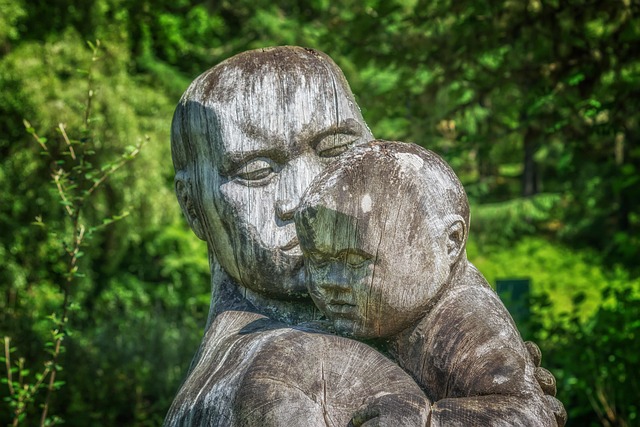Art has always mirrored the essence of human experience, serving as a lens through which we can explore the complex tapestry of our social environment. Each brushstroke encapsulates not only the artist’s vision but also the cultural context in which they operate. As we meander through the realms of fine arts, we uncover layers of meaning, revealing how society influences creativity and vice versa.
Fine arts, especially painting, resonate deeply with emotions and social structures. From the vibrant streets of urban settings to the serene landscapes that isolate individuals, every canvas serves as a narrative of the artist’s environment. These artworks are conduits, inviting the viewer to step into diverse realities, whether they are celebratory, melancholic, or reflective of societal struggles. Artists like Diego Rivera and Frida Kahlo have vividly showcased their cultural backgrounds, portraying the nuanced dynamics of their social settings through their distinctive styles.
Culture is the heartbeat of any social environment. It shapes perception and interaction, influencing how artists express their thoughts on canvas. The motifs chosen, the colors splashed, and the techniques employed often reflect cultural heritage and prevailing social issues. For instance, the dynamic colors of Impressionism may evoke joy and spontaneity, yet they also speak to the rapid social changes occurring during the late 19th century. Similarly, contemporary art can address themes of identity, feminism, and globalization, serving as a voice for marginalized communities within the social framework.
Art does not exist in a vacuum; it is a vibrant dialogue with its social environment. Exhibitions and galleries often become platforms for dialogue—places where discussions surrounding culture, history, and societal issues can flourish. A single painting can inspire movements, challenge norms, or reignite discussions about the human experience in relation to contemporary issues. This connection to the social environment is vital for understanding not just the art itself but the world that surrounds it.
Furthermore, the accessibility of art has evolved, breaking down barriers within social environments. Street art, for instance, transforms public spaces into open galleries, democratizing access to art and inviting community involvement. This form of expression reflects the voice of the people, often becoming a medium of activism that addresses social injustices, environmental concerns, and cultural identity. Such pieces encourage dialogue and engagement, creating a culture of inclusivity within the arts.
In exploring social environments through the brushstrokes of fine arts, we uncover much more than aesthetic values; we engage with the stories of communities, the struggles and triumphs that define them, and the complexities that shape human experience. Each painting carries within it a spirit of its time, a context begging to be understood, and an invitation for us, as viewers, to connect and reflect on our own social narratives.




